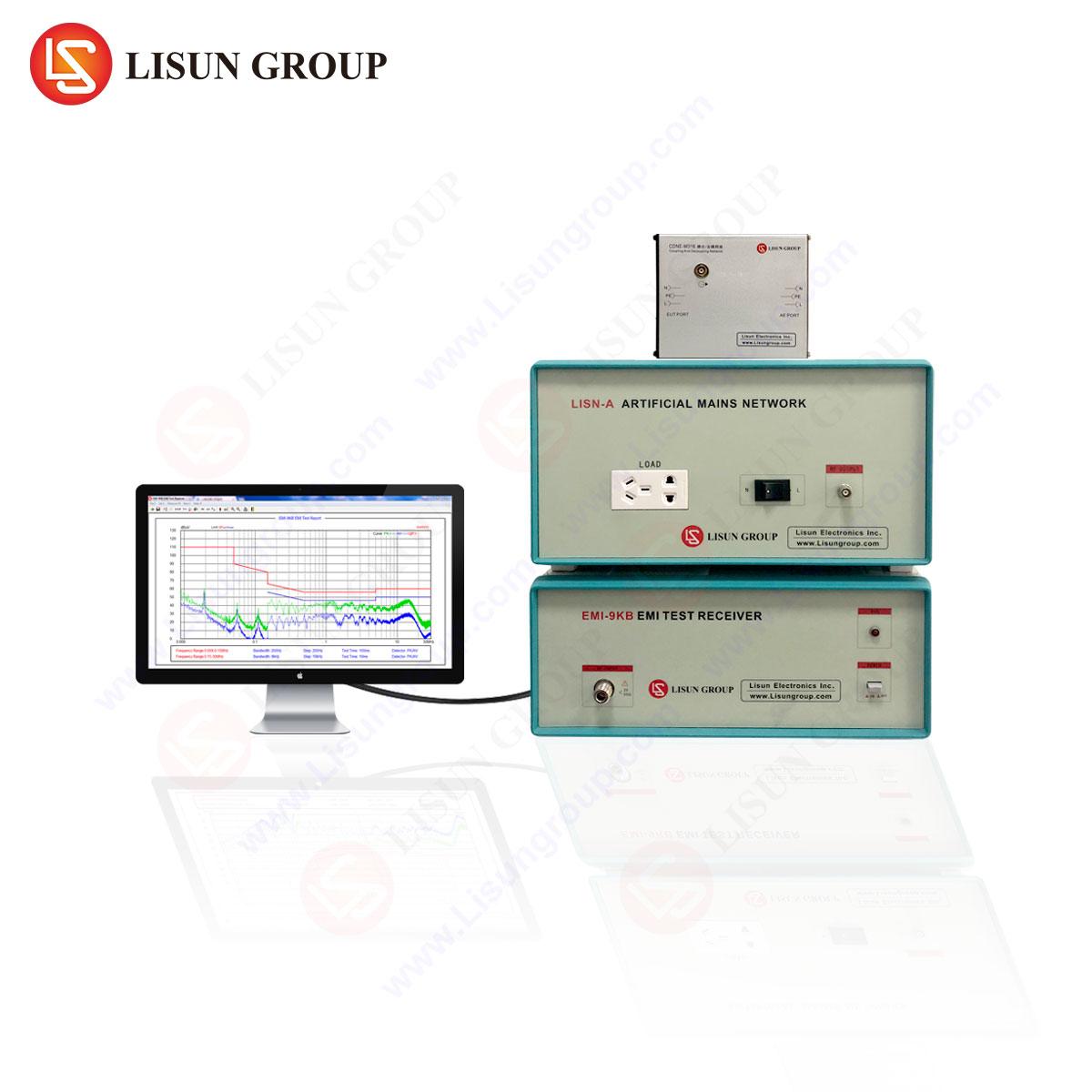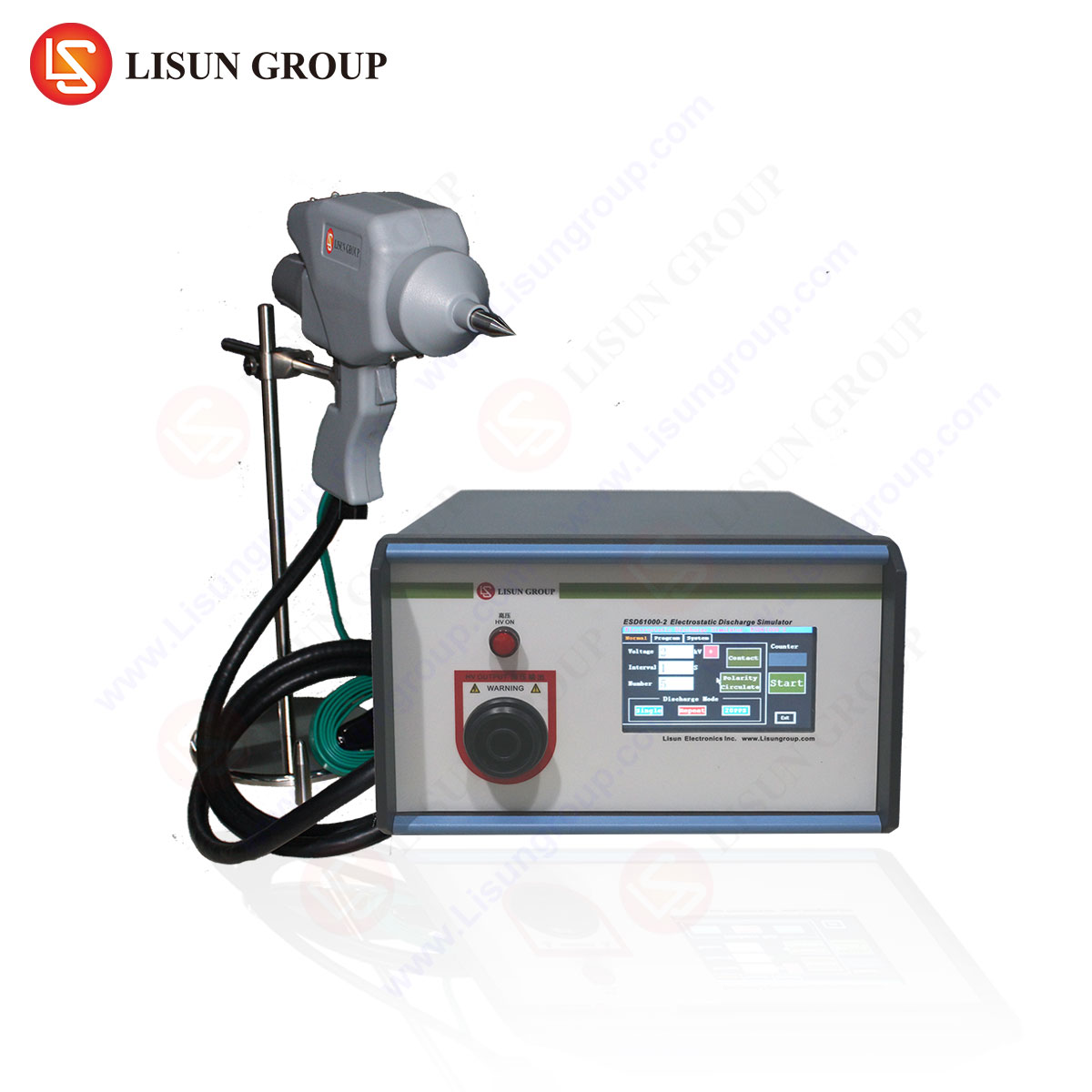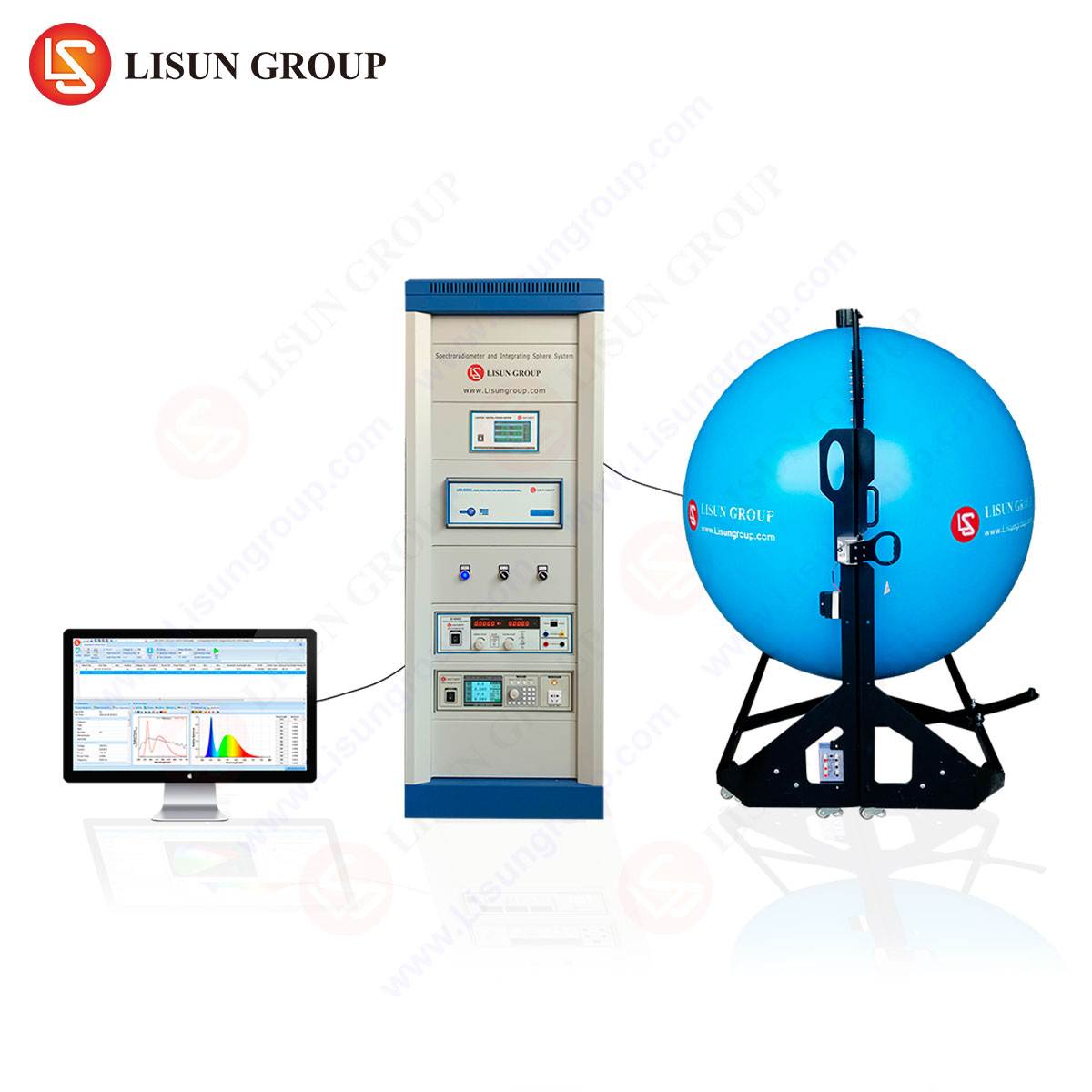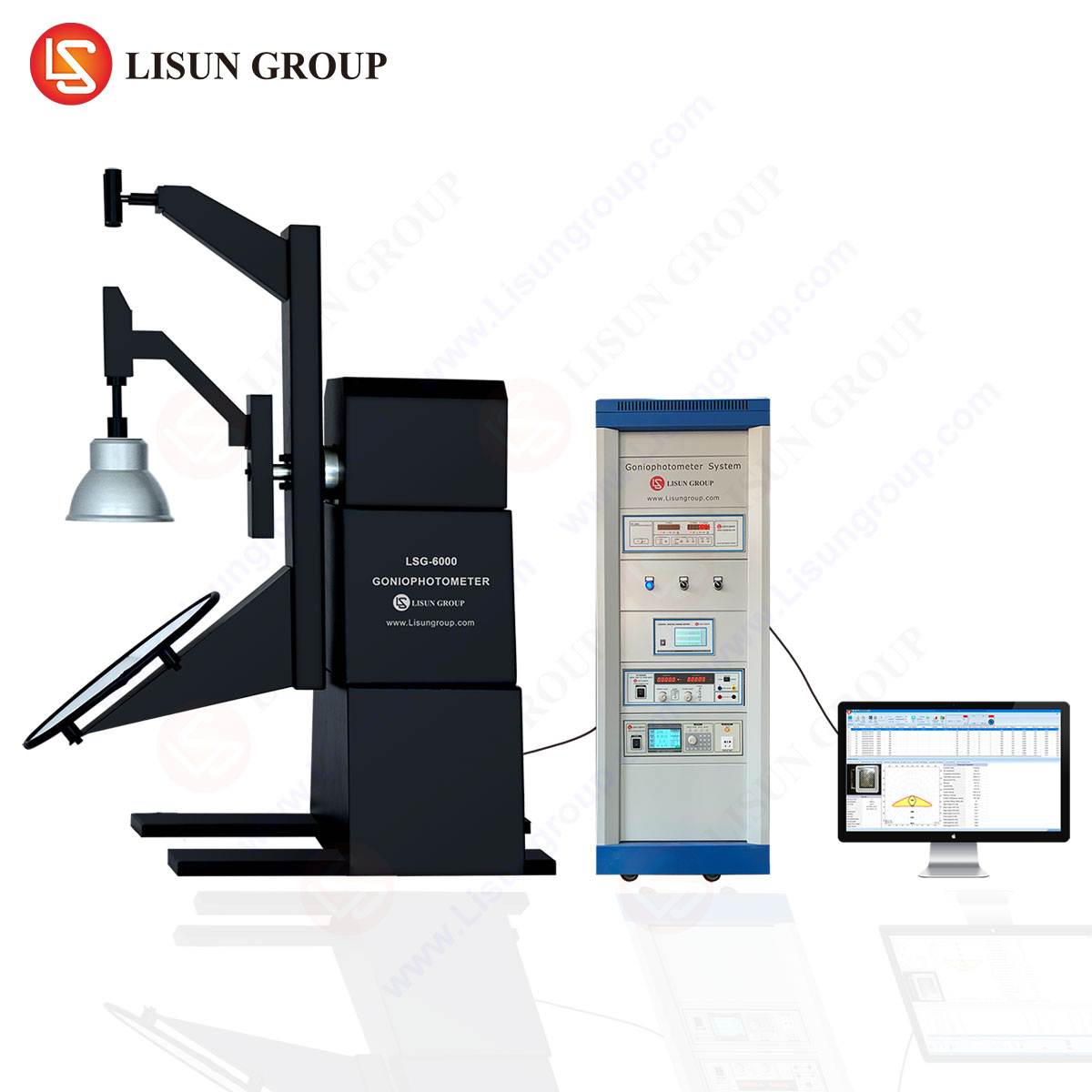Foundations of Electromagnetic Environmental Effects Compliance
Military and aerospace platforms represent some of the most electromagnetically complex environments imaginable. The reliable operation of electronic systems in these settings is not merely a matter of performance but of mission success and personnel safety. MIL-STD-461, “Requirements for the Control of Electromagnetic Interference Characteristics of Subsystems and Equipment,” is the foundational United States military standard governing the electromagnetic compatibility (EMC) of such equipment. Compliance is not optional; it is a contractual and operational necessity. This standard establishes the rigorous test procedures and limits that equipment must meet to ensure it neither emits excessive electromagnetic interference (EMI) nor is unduly susceptible to external electromagnetic threats. The verification of these requirements demands precision instrumentation capable of capturing, analyzing, and quantifying electromagnetic phenomena with the highest degree of accuracy and repeatability.
Core Testing Methodology and Instrumentation Principles
The methodology prescribed by MIL-STD-461 is built upon a controlled laboratory environment, typically a shielded enclosure, to isolate the Equipment Under Test (EUT) from ambient electromagnetic noise. Measurements are conducted using specialized EMI receivers, which are distinct from conventional spectrum analyzers due to their prescribed detector functions, bandwidths, and measurement sequences tailored for EMI compliance testing. Key measurements include emissions, both conducted (CE) and radiated (RE), which assess the unintentional electromagnetic noise generated by the EUT and coupled onto its power leads or radiated from its enclosure and cabling. Conversely, susceptibility testing, both conducted (CS) and radiated (RS), evaluates the EUT’s ability to operate without degradation when subjected to specified levels of imposed interference.
The accuracy of these measurements is entirely dependent on the performance of the EMI receiver. This instrument must precisely implement detector functions such as Peak, Quasi-Peak, and Average, each serving a specific purpose in evaluating the characteristics of an interference signal. The receiver’s pre-selection, dynamic range, and overall sensitivity are critical for distinguishing low-level emissions from the noise floor and for handling high-amplitude signals without distortion. The LISUN EMI-9KC EMI Receiver, for instance, is engineered to meet these exacting demands. It operates from 9 kHz to 7 GHz (extendable), fully complying with CISPR 16-1-1 standards, which form the basis for the measurement instrumentation requirements in many MIL-STD-461 test procedures. Its architecture incorporates a precision RF preselector, which is vital for rejecting out-of-band signals that could cause overload and measurement errors, a common challenge when testing complex electronic assemblies.
Detailed Analysis of the EMI-9KC Receiver System
The LISUN EMI-9KC represents a state-of-the-art solution for MIL-STD-461 compliance verification. Its design integrates the core components required for precise and efficient testing: the receiver mainframe, a built-in RF switch, and advanced control software. The system’s specifications are tailored for the dynamic and stringent requirements of military standards.
Key Specifications of the LISUN EMI-9KC:
- Frequency Range: 9 kHz to 7 GHz (standard), extendable to 18 GHz or 40 GHz with external mixers.
- Compliance: Fully meets CISPR 16-1-1, with built-in detectors (Peak, QP, Average, RMS-Average) and standard bandwidths (200 Hz, 9 kHz, 120 kHz, 1 MHz).
- Dynamic Range: > 120 dB, essential for measuring both weak emissions and strong signals without compression.
- Amplitude Accuracy: ± 1.0 dB, ensuring reliable and repeatable measurement data.
- Input VSWR: < 1.5 (with built-in preselector), minimizing measurement uncertainty due to impedance mismatches.
- Interfaces: Equipped with GPIB, LAN, and RS-232 for seamless integration into automated test systems.
The testing principle of the EMI-9KC involves a superheterodyne receiver architecture with a sophisticated digital signal processing (DSP) backend. The preselector filters the incoming broadband signal, allowing only the frequency band of interest to pass to the mixer, thus preventing intermodulation distortion. The DSP engine then applies the selected detector algorithm in real-time. For example, the Quasi-Peak detector weighs signals based on their repetition rate and amplitude, reflecting the human ear’s annoyance to impulsive noise, a critical factor in assessing interference from switching power supplies found in Power Equipment and Industrial Machinery. The system’s software automates the scanning process, stepping through the required frequency range, applying the appropriate detector and bandwidth at each step, and comparing results against user-defined limits, such as those from MIL-STD-461G.
Application Across Diverse Industrial Sectors
While MIL-STD-461 is a military standard, the principles of robust EMC design and testing are universally applicable. The LISUN EMI-9KC’s versatility makes it a critical tool for research, development, and compliance across a wide spectrum of industries.
- Automotive and Rail Transit: Modern vehicles are networks of electronic control units (ECUs). The EMI-9KC is used to verify that emissions from ignition systems, motor drives (e.g., in Power Tools and Electric Vehicles), and infotainment systems do not disrupt critical systems like braking or engine control. It also tests susceptibility to external fields from cellular base stations and radar.
- Medical Devices: For patient-critical equipment such as MRI machines, patient monitors, and infusion pumps, electromagnetic immunity is paramount. The receiver ensures these devices are not susceptible to interference from walkie-talkies, other medical equipment, or Industrial Machinery, thereby safeguarding patient health.
- Aerospace and Spacecraft: In these applications, weight and power are at a premium, leading to densely packed electronics. The EMI-9KC helps certify that avionics, navigation, and communication systems in both aircraft and Spacecraft are compatible, preventing interference that could jeopardize flight safety.
- Information Technology and Communication Transmission: Data centers and network infrastructure rely on the uninterrupted operation of servers, routers, and switches. Testing with the EMI-9KC ensures compliance with standards like FCC Part 15 and guarantees that these devices do not create a noisy environment that degrades overall system performance.
- Lighting Fixtures and Household Appliances: The proliferation of LED drivers and variable-speed motors in modern appliances and lighting generates significant switching noise. The receiver is used to measure these conducted and radiated emissions to ensure they fall within the limits of consumer EMC standards, preventing interference with nearby radios and televisions.
Comparative Advantages in a Demanding Test Environment
The competitive advantage of the EMI-9KC in a MIL-STD-461 test environment stems from its integration, accuracy, and operational efficiency. Unlike systems that require external preselectors and complex cabling, the EMI-9KC’s built-in preselector and RF switch create a more compact and reliable setup, reducing potential points of failure and measurement uncertainty. Its high dynamic range is crucial when testing equipment like variable-frequency drives in Industrial Equipment, which can produce both very low-level emissions and very high-amplitude, narrowband signals simultaneously.
Furthermore, the speed of measurement, particularly in Quasi-Peak mode, is a significant differentiator. The EMI-9KC’s optimized scanning algorithms and fast detector settling times reduce the duration of compliance scans, which can span hours for a full radiated emissions test. This efficiency translates directly into reduced laboratory costs and faster product development cycles for manufacturers of everything from Medical Devices to Intelligent Equipment. The system’s software provides comprehensive data logging, graphical limit line comparison, and detailed reporting features, which are indispensable for generating the formal test documentation required for military qualification.
Implementing a MIL-STD-461 Test Plan
A successful test campaign begins with a detailed test plan derived from the specific requirements of MIL-STD-461. This plan identifies the applicable test procedures (e.g., CE102 for conducted emissions on power leads, RE102 for radiated electric fields), the test setup configuration, and the supporting equipment, such as Line Impedance Stabilization Networks (LISNs) and antennas. The EMI-9KC is central to this execution.
For a radiated emissions (RE102) test, the EUT is placed on a ground plane, and a calibrated antenna is positioned at a specified distance. The antenna is connected to the EMI-9KC, which is located outside the shielded enclosure. The test software is programmed with the RE102 limit line and the antenna factors. The receiver then automatically scans the frequency range from 10 kHz to 18 GHz, using Peak detection for initial sweeps. Any frequencies where emissions exceed the Peak limit are then re-measured using the more time-consuming Quasi-Peak and Average detectors to determine final compliance. This structured, automated approach, facilitated by the precision of the EMI-9KC, ensures that the data collected is both accurate and defensible.
Frequently Asked Questions (FAQ)
Q1: How does the EMI-9KC handle the lengthy Quasi-Peak (QP) measurement times required by MIL-STD-461?
The EMI-9KC utilizes optimized scanning algorithms and fast hardware switching to minimize QP measurement overhead. While QP measurement is inherently slower due to its charge/discharge time constants, the system’s efficiency in signal processing and data transfer reduces the total test time compared to legacy systems. Some test plans allow for a Peak detector pre-scan with margins, followed by QP measurements only at frequencies of concern, a strategy that the EMI-9KC software fully supports.
Q2: Can the EMI-9KC be used for pre-compliance testing during the product development phase?
Yes, the EMI-9KC is an ideal tool for both full-compliance and pre-compliance testing. Its accurate preselector and detectors allow engineers to identify and diagnose EMI issues early in the design cycle for products like Automotive electronics or Power Equipment. Catching and mitigating emissions or susceptibility problems in the lab, before final certification testing, saves significant time and cost.
Q3: What is the importance of the built-in preselector in the context of testing switched-mode power supplies, common in Household Appliances and Lighting Fixtures?
Switched-mode power supplies generate very strong, broadband harmonic noise. Without a preselector, these high-level signals can overload the receiver’s front-end mixer, causing spurious responses and inaccurate amplitude readings across the entire frequency spectrum. The built-in preselector in the EMI-9KC filters out-of-band signals, preventing this overload and ensuring that each frequency is measured accurately, which is critical for diagnosing the specific switching harmonics that may cause a test failure.
Q4: Is the system suitable for testing the immunity of Medical Devices to portable transmitters?
While the EMI-9KC is primarily an emissions receiver, it plays a crucial role in immunity test setup and monitoring. It can be used to characterize and calibrate the field strength generated by the RF amplifiers and antennas used in radiated susceptibility (RS103) testing. This ensures that the Medical Device is being subjected to the precise field levels mandated by the standard, verifying the test setup’s accuracy before the actual immunity test is performed on the EUT.







